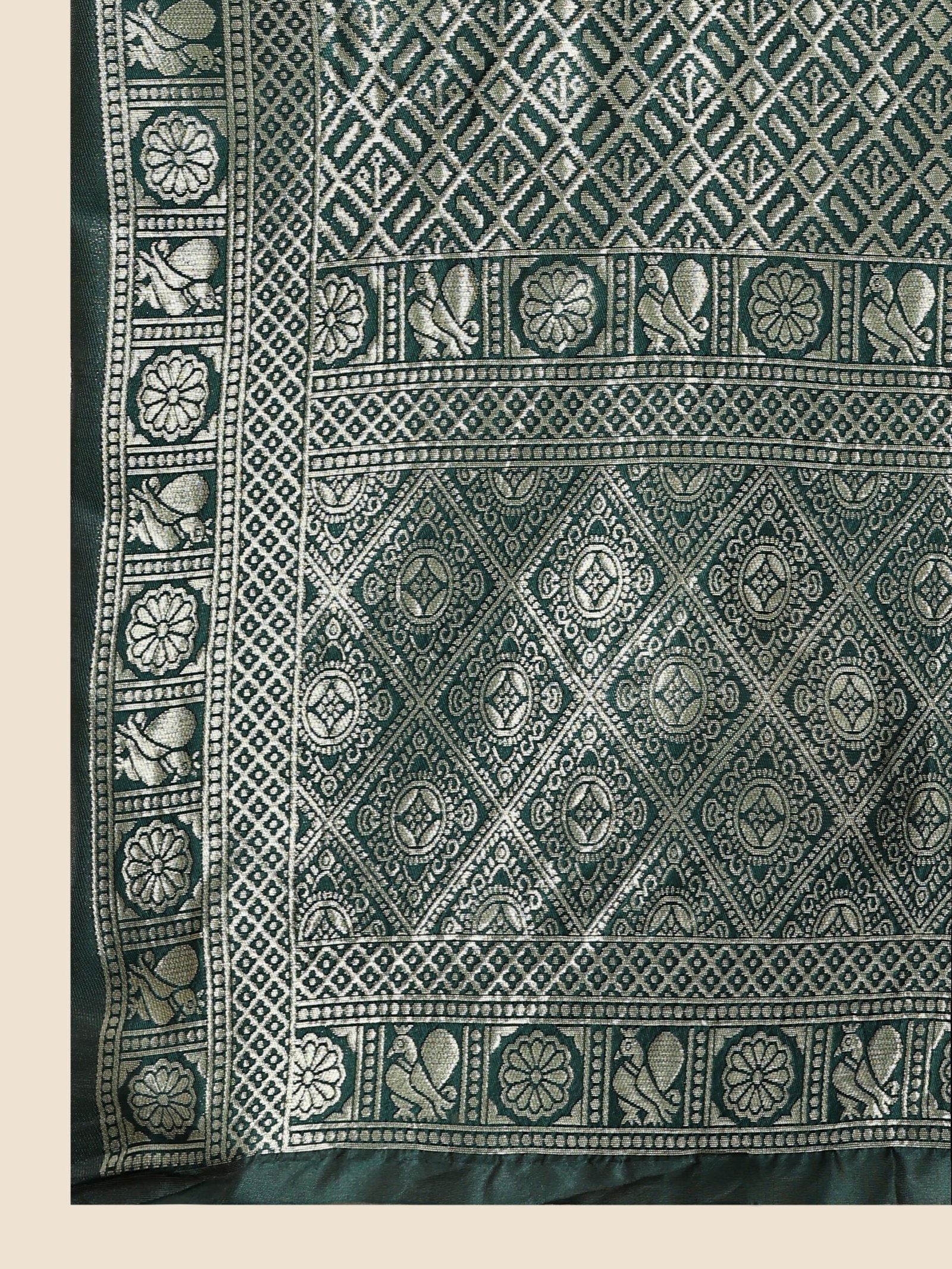description of a lehenga:
Lehenga (Skirt):
The lehenga is a long, voluminous skirt that typically flares out from the waist and falls gracefully to the ankles or floor, depending on the desired length. It is heavily embellished with intricate embroidery, sequins, beads, zari work, or other decorative elements, giving it a luxurious and ornate look.
Choli (Blouse):
The choli is a fitted, short blouse that complements the lehenga skirt. It usually has a low or medium neckline and short sleeves, though contemporary variations may have different neck and sleeve styles. The choli is often adorned with matching or contrasting embellishments to coordinate with the lehenga’s design.
Dupatta (Scarf or Shawl):
The dupatta is a long piece of fabric, often lightweight and sheer, worn over the shoulders or draped gracefully. It can be intricately designed with embroidery, lace, or sequins to match the lehenga and choli. The dupatta adds elegance to the ensemble and completes the traditional look.
Fabrics and Colors:
Lehengas are made from a variety of fabrics, including silk, georgette, chiffon, crepe, velvet, and more. The choice of fabric influences the overall look and drape of the lehenga. The colors of lehengas can range from vibrant and bold hues to pastel shades, and the selection often depends on personal preferences, the occasion, and cultural significance.
Accessories:
Lehengas are often paired with traditional jewelry like necklaces, earrings, bangles, and maang tikka (headpiece). Footwear like embellished sandals or heels complements the outfit.
Cultural Variations:
Different regions in India have their own variations of lehengas in terms of design, embroidery styles, and draping techniques. For example, the lehenga choli worn in North India may differ in style from that of South India.
Lehengas are not only a representation of cultural heritage but also a symbol of beauty, grace, and opulence in Indian fashion, making them a sought-after choice for special occasions.
























